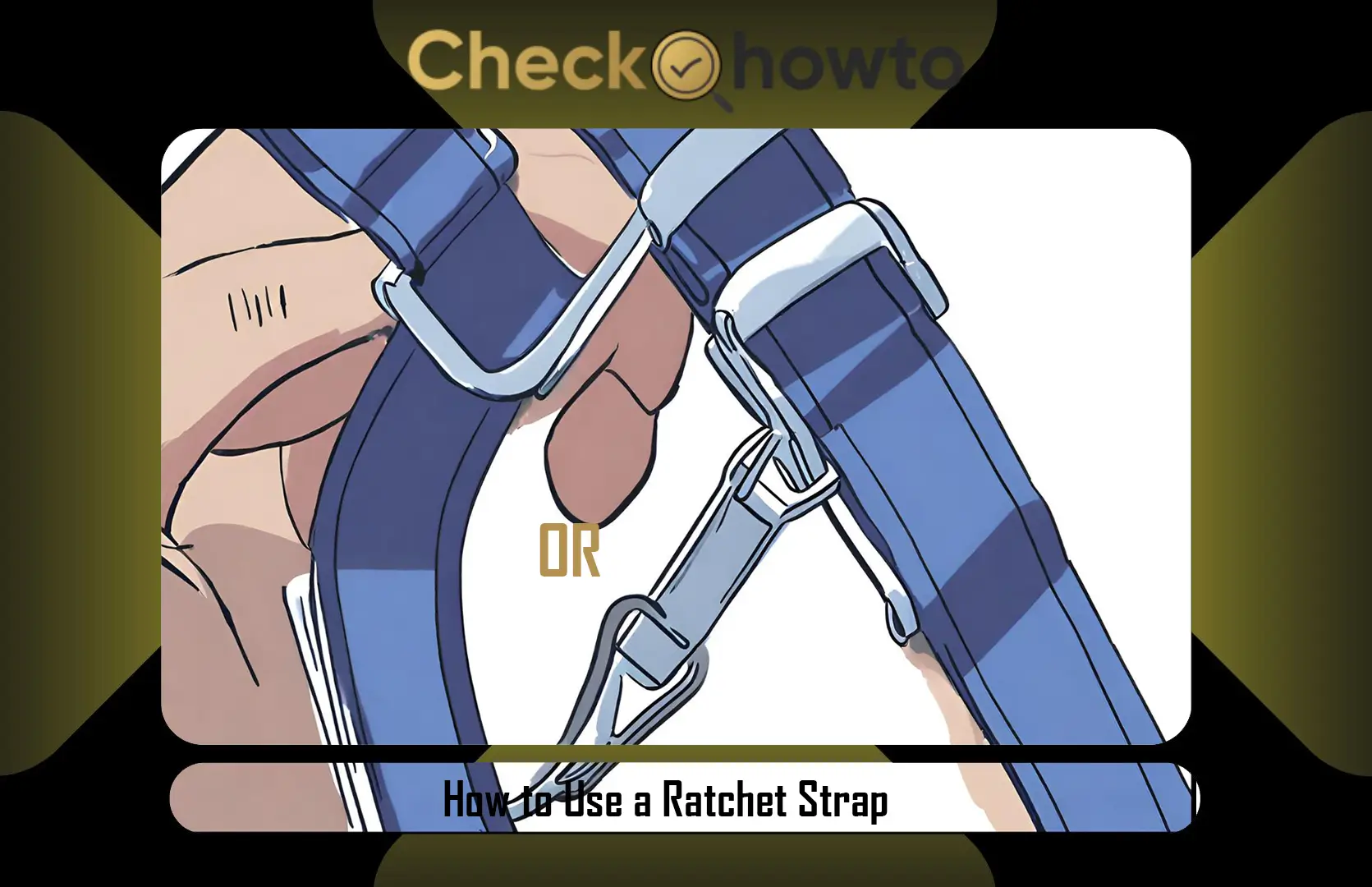Ratchet straps are essential tools for securing cargo, whether you’re transporting heavy equipment, moving furniture, or tying down a load on your truck bed. If you’ve never used a ratchet strap before, it might seem complicated at first, but once you understand the mechanism, it’s incredibly easy and reliable.
This guide will walk you through everything you need to know about ratchet straps—how they work, how to use them properly, common mistakes to avoid, and some essential safety tips.
Components of a Ratchet Strap
Before you start using a ratchet strap, it’s crucial to familiarize yourself with its parts:
- Ratchet Handle – The lever mechanism that tightens the strap.
- Strap (Webbing) – The durable fabric that holds the cargo in place.
- Hooks – These are at the ends of the strap and come in various styles (S-hooks, J-hooks, flat hooks) for different applications.
- Spindle – The central rod where the strap winds around as you tighten it.
- Release Lever – This unlocks the ratchet, allowing you to loosen or remove the strap.
Step-by-Step Guide to Using a Ratchet Strap
Step 1: Thread the Strap into the Ratchet
- Unroll the strap and insert the loose end through the spindle (also called the slot) of the ratchet.
- Pull it through until you have enough slack, ensuring that the strap is aligned flat without twists.
- Hold the ratchet handle and begin to tighten.
Step 2: Secure the Hooks to the Anchor Points
- Attach the hooks to sturdy anchor points on both sides of your cargo or truck bed.
- Make sure they are not at risk of slipping or coming undone.
- Avoid weak or unstable anchor points, as they could compromise the load.
Step 3: Tighten the Strap Using the Ratchet Mechanism
- Pump the ratchet handle back and forth to gradually tighten the strap.
- Continue ratcheting until the strap is snug and secure—but don’t overtighten, as this may damage your cargo or the strap.
- The strap should be firm without excessive force needed to close the ratchet.
Step 4: Lock the Ratchet in Place
- Once the strap is tight enough, close the ratchet handle completely.
- Ensure it clicks into the locked position to prevent loosening during transport.
Step 5: Release the Ratchet Strap
When it’s time to remove the ratchet strap:
- Pull and hold the release lever while fully opening the ratchet.
- Pull the strap back through the slot to loosen it.
- Detach the hooks and store the strap properly to prevent damage.
Common Mistakes to Avoid
- Twisted Straps – Always lay the strap flat to avoid weak points.
- Overtightening – This can cause damage to both the strap and the cargo.
- Not Locking the Ratchet Properly – If the ratchet isn’t securely locked, the strap may come loose.
- Using Worn or Damaged Straps – Always inspect straps for tears or fraying before use.
Safety Tips for Using Ratchet Straps
- Use the Right Strap for the Load – Choose a strap with an appropriate weight limit for your cargo.
- Check for Damage Regularly – Frayed or torn straps should be replaced immediately.
- Secure Excess Strap Length – Loose ends can flap in the wind and cause accidents.
- Avoid Sharp Edges – If your cargo has sharp edges, use padding to prevent the strap from cutting.
- Store Straps Properly – Keep them dry and away from direct sunlight to prevent degradation.
Choosing the Right Ratchet Strap for Your Needs
When selecting a ratchet strap, consider:
- Weight Capacity – Straps come in various strengths, typically measured in working load limits (WLL) and breaking strengths.
- Length and Width – Ensure the strap is long enough for your needs and wide enough for stability.
- Hook Type – Different hooks are designed for specific anchor points and cargo types.
Final Thoughts
Using a ratchet strap properly ensures the safe transportation of your cargo and prevents accidents. By following this guide, you can confidently secure loads without worrying about slippage or damage. Whether you’re a first-time user or someone looking to refine their technique, mastering the use of ratchet straps is an invaluable skill.
Have you used ratchet straps before? Do you have any tips or experiences to share? Leave a comment below—we’d love to hear from you!


